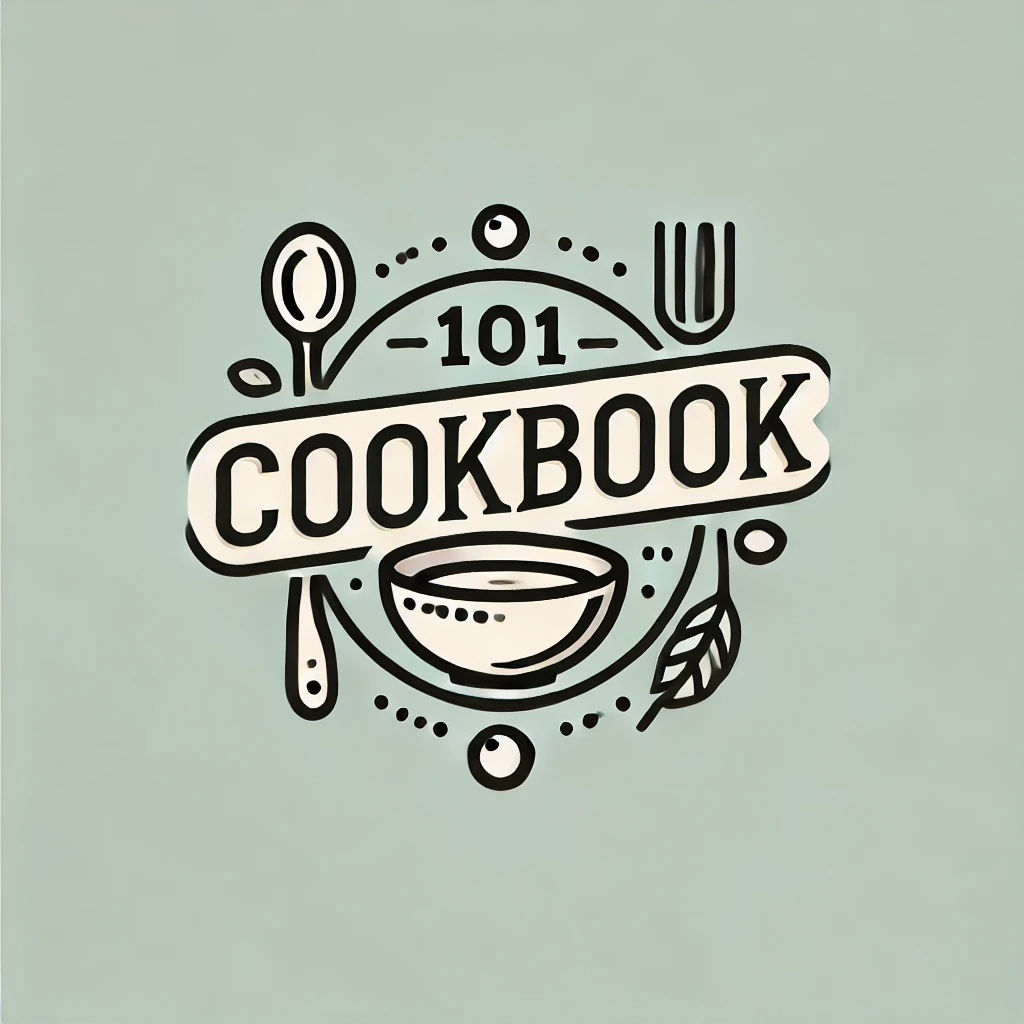Looking for buckwheat flour recipes that are both healthy and tasty? You’re in the right place! These recipes are perfect for those who seek to incorporate nutritious and gluten-free options into their diet. Buckwheat flour is known for its high fiber content, low glycemic index, and rich nutrient profile, making it a fantastic alternative to traditional wheat flour.
Trivia: What makes buckwheat flour a great choice for gluten-free baking? Buckwheat flour is naturally gluten-free, making it an excellent choice for those with gluten sensitivities or celiac disease. It offers a nutty flavor and is packed with protein, fiber, and essential minerals.

1. Buckwheat Pancakes
Yields, Prep Time, Cook Time, Total Time, and Calories Per Serving
| Yields | Prep Time | Cook Time | Total Time | Calories Per Serving |
|---|---|---|---|---|
| 4 servings | 10 minutes | 15 minutes | 25 minutes | 200 calories |
Ingredients
- 1 cup buckwheat flour
- 1 tablespoon sugar
- 1 teaspoon baking powder
- 1/2 teaspoon baking soda
- 1/4 teaspoon salt
- 1 cup buttermilk
- 1 large egg
- 2 tablespoons melted butter
- 1 teaspoon vanilla extract
Instructions
Step 1: In a large bowl, whisk together the buckwheat flour, sugar, baking powder, baking soda, and salt.
Step 2: In another bowl, combine the buttermilk, egg, melted butter, and vanilla extract. Mix well.
Step 3: Pour the wet ingredients into the dry ingredients. Stir until just combined. Do not overmix.
Step 4: Heat a non-stick skillet or griddle over medium heat. Lightly grease with butter or cooking spray.
Step 5: Pour 1/4 cup of batter onto the skillet for each pancake. Cook until bubbles form on the surface and edges look set, about 2-3 minutes. Flip and cook for another 1-2 minutes until golden brown.
Step 6: Serve warm with your favorite toppings such as fresh fruit, maple syrup, or a dollop of yogurt.
Nutrition Facts
| Nutrient | Amount per Serving |
|---|---|
| Calories | 200 |
| Protein | 6g |
| Carbohydrates | 30g |
| Fiber | 4g |
| Fat | 6g |
| Sugar | 6g |
Watch this video to make Homemade Buckwheat Flour:
Buckwheat Flour Muffins
Buckwheat flour muffins are a great way to enjoy a healthy dessert or breakfast. These muffins are packed with fiber and are perfect for those following a plant-based diet.
Buckwheat Crepes
For a savory dish, buckwheat crepes are a traditional recipe that can be filled with a variety of ingredients. They’re a great option for a nutritious meal anytime of the day.
Buckwheat Bread
Baking with buckwheat flour can yield delicious homemade bread that is gluten-free and nutrient-dense. Try this alternative flour for a healthy twist on your usual bread recipes.
Buckwheat Cookies
If you have a sweet tooth, buckwheat cookies are a fiber-rich and allergy-friendly option. They are easy to make and perfect for healthy desserts or snacks.

Kitchen Equipment Needed
- Mixing bowls
- Whisk
- Non-stick skillet or griddle
- Measuring cups and spoons
- Spatula
How to Store Leftovers
Store any leftover pancakes in an airtight container in the refrigerator for up to 3 days. To reheat, simply place them in a toaster or warm in a skillet over low heat. You can also freeze the pancakes for up to 2 months. To reheat, pop them in the toaster or microwave until hot.
Food and Drink Pairings
These buckwheat pancakes pair wonderfully with a variety of toppings and sides. Try them with fresh berries, a drizzle of honey, or a spoonful of Greek yogurt. For a savory twist, serve them with smoked salmon and a dollop of crème fraîche. They also go well with a warm cup of coffee or herbal tea.
Buckwheat flour is a versatile and nutritious ingredient that can elevate your gluten-free baking. These recipes are just a few examples of how you can enjoy the health benefits and delicious taste of buckwheat flour. Give them a try and share your creations with us. Don’t forget to subscribe to our blog for more healthy and tasty recipes!
Frequently Asked Questions
Q: What is buckwheat flour best for?
A: Buckwheat flour is best for gluten-free baking and can be used in a variety of recipes such as pancakes, muffins, crepes, cookies, and bread. It’s also perfect for making whole grain and fiber-rich dishes.
Q: Why soak buckwheat flour?
A: Soaking buckwheat flour helps to break down phytic acid, making the nutrients more bioavailable. It also makes the flour easier to digest and improves the texture of the final baked goods.
Q: How is buckwheat flour different from wheat flour?
A: Buckwheat flour is naturally gluten-free, while wheat flour contains gluten. Buckwheat flour has a nutty flavor and is richer in fiber, protein, and essential minerals compared to wheat flour. It also has a lower glycemic index, making it a healthier option for blood sugar management.
Q: What pairs well with buckwheat?
A: Buckwheat pairs well with a variety of ingredients, both sweet and savory. For sweet dishes, try pairing it with fruits like berries, bananas, and apples. For savory dishes, it goes well with ingredients like mushrooms, spinach, cheese, and smoked salmon.


